| The British military leaders |
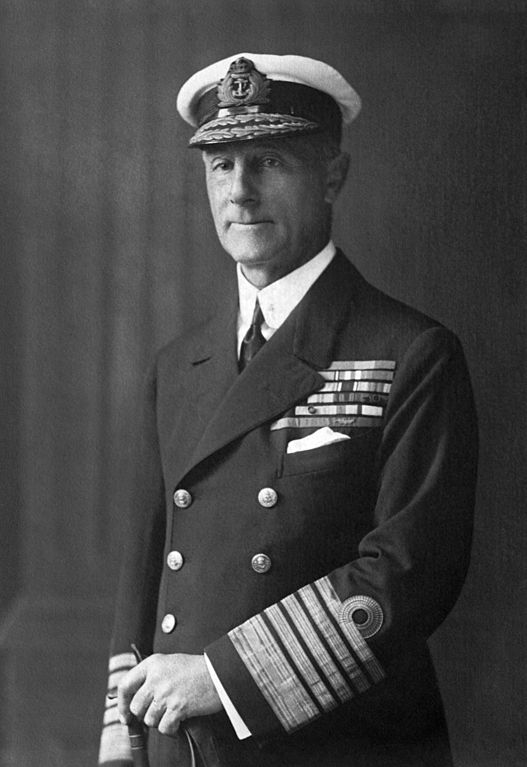 | Admiral of the Fleet John Rushworth Jellicoe, 1st Earl Jellicoe, GCB, OM, GCVO, SGM, DL (Born on 5 December 1859 in Southampton and died on 20 November 1935 in Kensington) was a Royal Navy officer. He fought in the Anglo-Egyptian War and the Boxer Rebellion and commanded the Grand Fleet at the Battle of Jutland in May 1916 during the First World War. His handling of the fleet at that battle was controversial. Jellicoe made no serious mistakes and the German High Seas Fleet retreated to port, at a time when defeat would have been catastrophic for Britain. But the British public was disappointed that the Royal Navy had not won a victory on the scale of the Battle of Trafalgar. Jellicoe later served as First Sea Lord, overseeing the expansion of the Naval Staff at the Admiralty and the introduction of convoys, but was relieved at the end of 1917. He also served as the Governor-General of New Zealand in the early 1920s. |
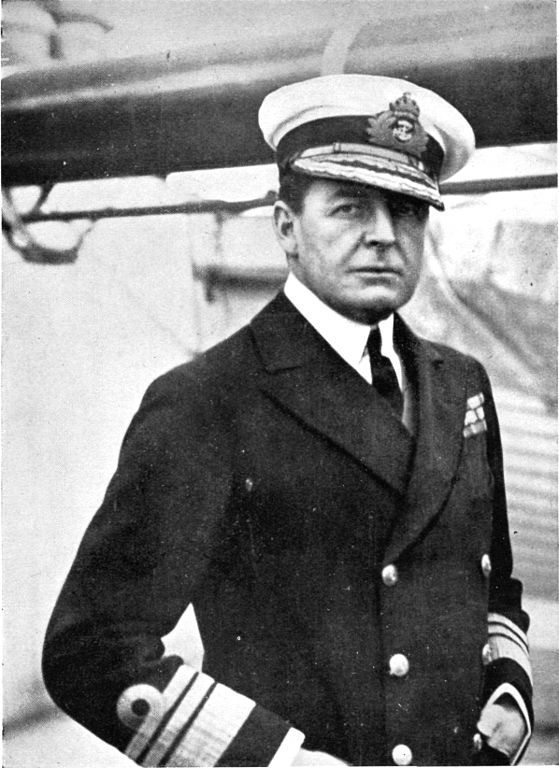 | Admiral of the Fleet David Richard Beatty, 1st Earl Beatty GCB, OM, GCVO, DSO, PC, (born on 17 January 1871 in Stapeley and died on 11 March 1936 in London) was a Royal Navy officer. After serving in the Mahdist War and then the response to the Boxer Rebellion, he commanded the 1st Battlecruiser Squadron at the Battle of Jutland in 1916, a tactically indecisive engagement after which his aggressive approach was contrasted with the caution of his commander Admiral Sir John Jellicoe. He is remembered for his comment at Jutland that "There seems to be something wrong with our bloody ships today", after two of his ships exploded. Later in the war he succeeded Jellicoe as Commander in Chief of the Grand Fleet, in which capacity he received the surrender of the German High Seas Fleet at the end of the war. He then followed Jellicoe's path a second time, serving as First Sea Lord. A position that Beatty held longer (7 years 9 months) than any other First Sea Lord in history. While First Sea Lord, he was involved in negotiating the Washington Naval Treaty of 1922 in which it was agreed that the United States, Britain and Japan should set their navies in a ratio of 5:5:3, with France and Italy maintaining smaller ratio fleets of 1.75 each. |
| The German military leaders |
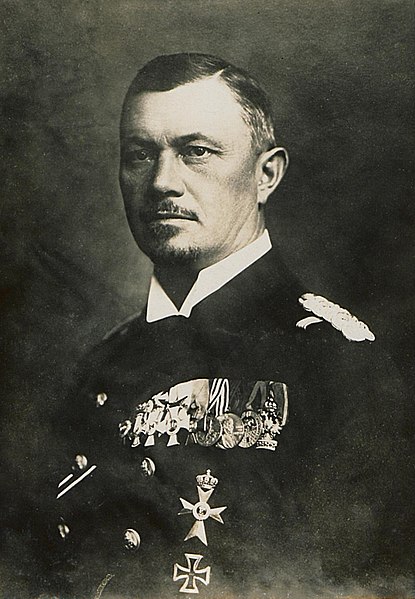 | Admiral Reinhard Scheer (Born on 30 September 1863 in Obernkirchen and died on 26 November 1928 in Marktredwitz) was an Admiral in the Imperial German Navy (Kaiserliche Marine). Scheer joined the navy in 1879 as an officer cadet; he progressed through the ranks, commanding cruisers and battleships, as well as major staff positions on land. At the outbreak of World War I, Scheer was the commander of the II Battle Squadron of the High Seas Fleet. He then took command of the III Battle Squadron, which consisted of the newest and most powerful battleships in the navy. In January 1916, he was promoted to Admiral and given control of the High Seas Fleet. Scheer led the German fleet at the Battle of Jutland on 31 May - 1 June 1916, one of the largest naval battles in history.
Following the battle, Scheer joined those calling for unrestricted submarine warfare against the Allies, a move the Kaiser eventually permitted. In August 1918, Scheer was promoted to the Chief of Naval Staff; Admiral Franz von Hipper replaced him as commander of the fleet. Together they planned a final battle against the British Grand Fleet, but war-weary sailors mutinied at the news and the operation was abandoned. Scheer retired after the end of the war.
A strict disciplinarian, Scheer was popularly known in the Navy as the "man with the iron mask" due to his severe appearance. In 1919, Scheer wrote his memoirs; a year later they were translated and published in English. He wrote his autobiography in 1925. Scheer died at Marktredwitz. He is buried in the municipal cemetery at Weimar. The admiral was commemorated in the renascent Kriegsmarine by the heavy cruiser Admiral Scheer, built in the 1930s. |
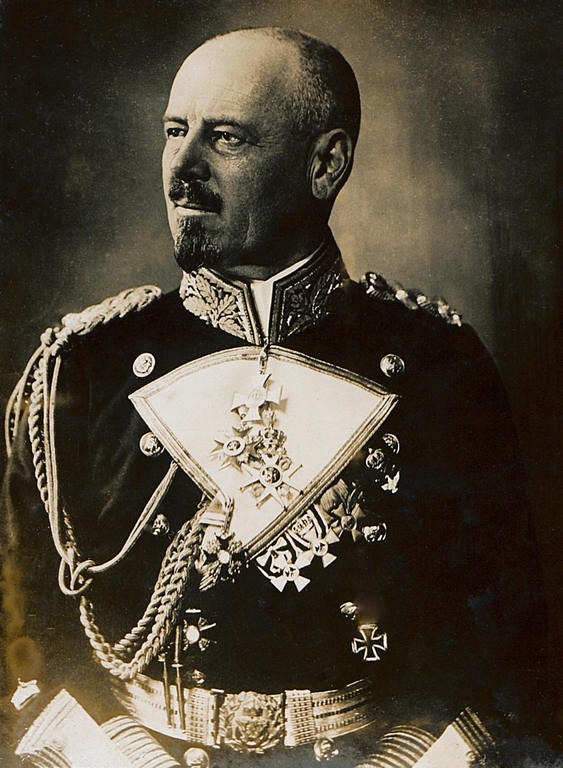 | Admiral Franz Ritter von Hipper (Born on 13 September 1863 in Weilheim and died on 25 May 1932 in Othmarschen) was an admiral in the German Imperial Navy (Kaiserliche Marine). Franz von Hipper joined the German Navy in 1881 as an officer cadet. He commanded several torpedo boat units and served as watch officer aboard several warships, as well as Kaiser Wilhelm II's yacht SMY Hohenzollern. Hipper commanded several cruisers in the reconnaissance forces before being appointed commander of the I Scouting Group in October 1913. He held this position until 1918, when he succeeded Admiral Reinhard Scheer as commander of the High Seas Fleet.
He is most famous for commanding the German battlecruisers of the I Scouting Group during World War I, particularly at the Battle of Jutland on 31 May - 1 June 1916. During the war, Hipper led the German battlecruisers on several raids of the English coast, for which he was vilified in the English press as a "baby killer." His squadron clashed with the British battlecruiser squadron at the Battle of Dogger Bank in January 1915, where the armored cruiser Blücher was lost. At the Battle of Jutland, Hipper's flagship Lützow was sunk, though his ships succeeded in sinking three British battle cruisers.
After the end of the war in 1918, Franz von Hipper retired from the Imperial Navy with a full pension. He initially lived under an alias and moved frequently to avoid radical revolutionaries during the German Revolution of 1918 - 1919. After the revolution settled, he moved to Altona outside Hamburg. Unlike his superior, Reinhard Scheer, he never published a memoir of his service during the war. Hipper died on 25 May 1932. The Kriegsmarine commemorated Hipper with the launching of the heavy cruiser Admiral Hipper in 1938. |
| William Bellinger |
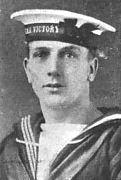 |
Rank:
Service No.:
Date of Birth:
Date of Death:
Age:
Information: |
Leading Stoker
K/8657
abt. 1891
31 May 1916
25
Son of George and Elizabeth Bellinger,
of 1, Arthur Rd., Enborne Rd., Newbury, Berkshire |
Sidney Bryant |
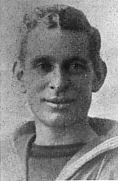 |
Rank:
Service No.:
Date of Birth:
Date of Death:
Age:
Information: |
Petty Officer
212370
31 May 1916
|
Ernest Buckell |
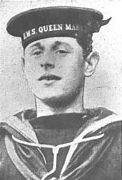 |
Rank:
Service No.:
Date of Birth:
Date of Death:
Age:
Information: |
Telegraphist
J/23126
abt. 1897
31 May 1916
19
Son of Charles and Alice Buckell,
of 15, Waterloo Place, Newbury, Berks. |
Albert Edward Leonard Ellis |
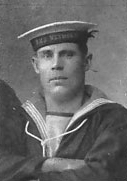 |
Rank:
Service No.:
Date of Birth:
Date of Death:
Age:
Information: |
Stoker 1st Class
K/10153
abt. 1884
31 May 1916
32
Son of Reuben and Mary Ann Ellis,
of 4, Havelock Place, Wokingham, Berks. |
John Malby Bergin Hanly |
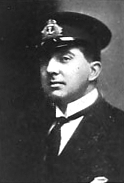 |
Rank:
Service No.:
Date of Birth:
Date of Death:
Age:
Information: |
Lieutenant
31 May 1916
|
Herbert Linge |
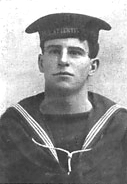 |
Rank:
Service No.:
Date of Birth:
Date of Death:
Age:
Information: |
Able Seaman
J/7597
abt. 1894
31 May 1916
22
Son of John and Elizabeth Linge,
of Barling, Essex. |
Ernest Rogers |
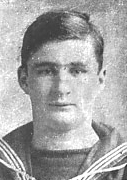 |
Rank:
Service No.:
Date of Birth:
Date of Death:
Age:
Information: |
Able Seaman
J/23123
31 May 1916
|
 1916 1916 | |
© Lost Ancestors 2018
|





